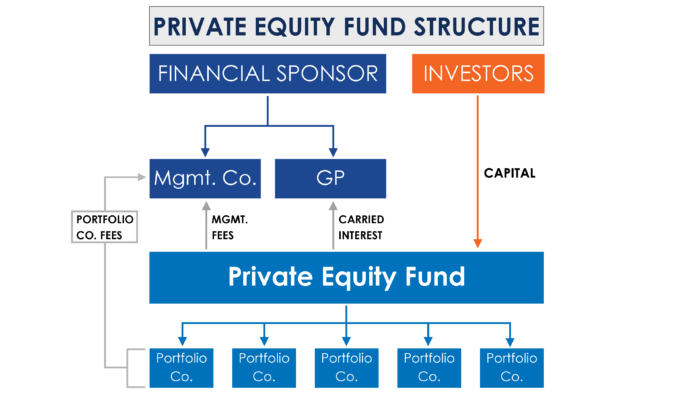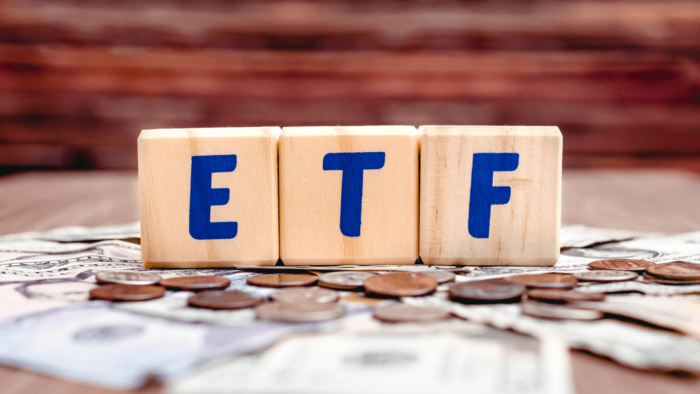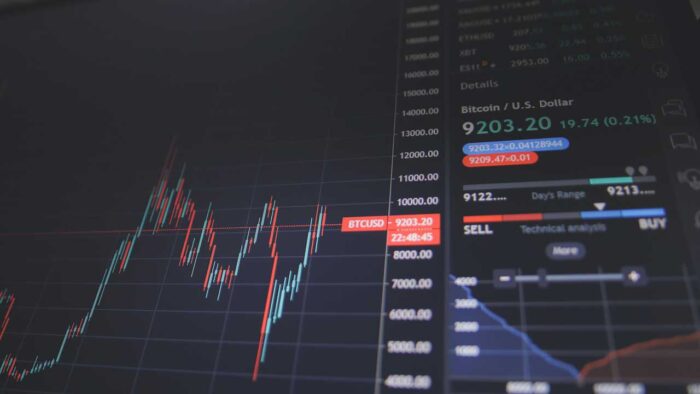Exchange-traded funds (ETFs) are an increasingly popular way to access a wide variety of investments in one single trade. In Singapore, ETFs offer investors an easy and convenient way to diversify their portfolios while mitigating the risks of trading individual stocks. While the potential rewards from trading ETFs can be attractive, there is also the risk of making costly mistakes if specific criteria are met.
This article will discuss some common mistakes to avoid when trading ETFs in Singapore.
Not diversifying your portfolio properly
One of the primary benefits of trading ETFs is diversification – spreading your portfolio across multiple investments to reduce risk exposure and create stability during market volatility. However, if done incorrectly, it can backfire and result in losses. To ensure successful ETF trading, investors should diversify their portfolios across different asset classes, sectors and regions to achieve an optimal risk-return balance.
Diversification also requires investors to invest in a variety of different ETFs. Investing solely in a single ETF can put your entire portfolio at risk if the fund performs poorly. Additionally, remember that some ETFs may be more volatile than others, so diversifying across different asset classes and sectors can help reduce risk.
Not understanding the fund’s structure

Before investing in an ETF, it is essential to understand its structure and how the underlying investments are managed. Some ETFs are actively managed, while others are passively managed or have a combination of both management styles. Different investment strategies require different levels of expertise and research on your part to understand how the fund works before making any decisions.
Furthermore, when investing in ETFs, investors should also be aware of the fees associated with each type of fund. While some ETFs may have low management and transaction fees, others may be more expensive. Knowing the different ETF types and associated fees can help investors make informed decisions when selecting a fund.
Failing to read the fine print

ETFs come with a variety of fees and expenses, so it is essential that you read through all documentation carefully before investing. These fees are usually disclosed in the ETF prospectus and can significantly impact your portfolio over time. Carefully reading through the small print will help you understand what fees you may be charged and how these fees can affect your returns. If you’re unsure about the fees contact a financial advisor such as those at the Saxo Bank Group for advice.
Another critical factor to consider is the ETF’s tax structure. Different countries have different regulations and taxation policies for ETFs, which can affect the returns you earn from the fund. When investing, consider any tax implications and carefully read through the disclosure document to understand how taxes may impact your returns.
Not monitoring the market

ETFs tend to move quickly with changes in the underlying assets, so it is essential to stay updated with news and market developments that could influence their performance. Staying informed about any company or industry news related to an ETF’s underlying assets is also essential, as this could impact its value. Additionally, investing in multiple ETFs across different asset classes allows investors to track markets more efficiently and adjust their portfolios accordingly when needed.
Another consideration is to check the trading volume of the ETFs you want to invest in. High levels of liquidity in the underlying assets will generally lead to higher trading volumes in the ETFs, making it easier for investors to buy and sell quickly. Low trading volumes can indicate insufficient demand for an ETF and could lead to higher spreads between buyers and sellers.
With that said

When investing in ETFs in Singapore, there are a few mistakes to avoid to ensure success. These include not understanding the fund’s structure, failing to read the fine print and not monitoring the market. You can reduce risk and enhance returns by considering these factors and diversifying your portfolio across different asset classes and sectors.
It is important to note that investing carries some risk, regardless of the type of security purchased. Investing in ETFs can generate high returns, but it is also essential to remember that you may lose some of your capital. Speaking with an investment professional who can advise based on your circumstances and goals before investing in ETFs is advisable.





